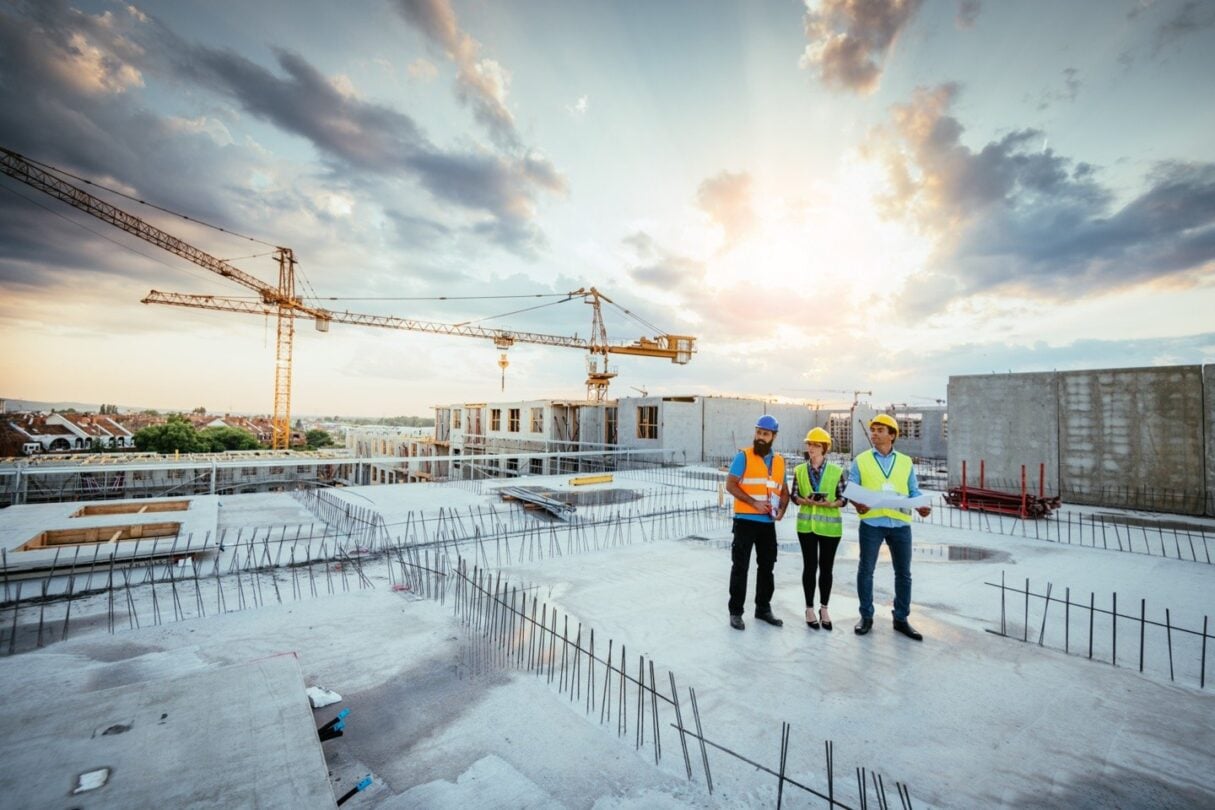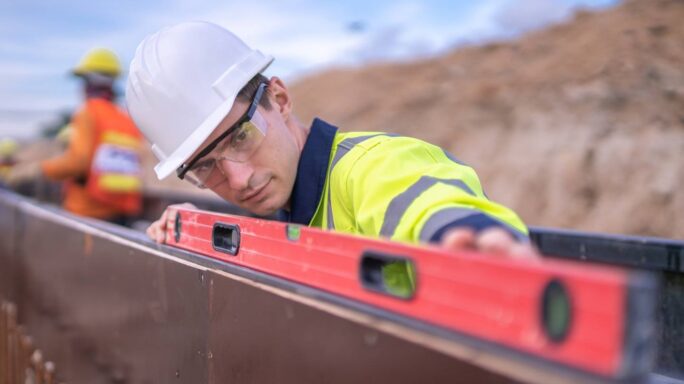Technology & Innovation
The virtual construction world becomes reality
You’ve probably seen the ads. Kids, parents, and grandparents strapping on goggle-like headsets for their first virtual reality (VR) experience. Visit some online retailers and augmented reality (AR) lets you view how a couch will look in your living room before you buy.
Virtual and augmented reality are entering our everyday lives.
My first exposure to virtual technology revolved around design and construction. That was in the 1990s and I was writing a series of articles about a breakthrough new technology called building information modeling (BIM). Virtual reality, with its head gear and exoskeleton gloves, showed a future where an individual could walk into and around a building before it was ever built. (Of course, at the time, the person was tethered to an onsite computer.)
Fast forward to today. BIM is now widely adopted in the AEC community and we now have the computing power to make virtual reality much more viable. If you have a smartphone, you’re already halfway there.
JB Knowledge takes a look at emerging technologies such as VR and AR in its 5th annual Construction Technology Report. According to the report’s survey of 2,604 construction professionals, 7 percent use virtual reality and 7 percent use augmented reality. While small numbers, VR and AR usage both showed decent jumps over the previous year, indicating that the technology is beginning to gain traction in the construction arena.
A closer look at VR versus AR
So what’s the difference between VR and AR? Essentially virtual reality creates a virtual world that you can “step” into, usually using a headset. For example, a prospective home buyer could walk through various home designs, even select and view how different flooring, fixtures, and appliances look.
Augmented reality blends virtual objects with the real world. If you are a painting contractor, for instance, you could use AR to show customers exactly how paint colors will look in their home. Augmented reality can also be used to feed key information to someone who is engaged in an activity. Picture construction workers wearing smart “hard hats” that provide visual instructions and precautions while they are pouring concrete, installing electrical wiring, and doing other tasks.
Virtual and augmented reality aren’t just visual. On the horizon, the technology will advance to include touch, scent, and sound. Perhaps one day we could smell the flowers in a proposed landscape design? One can only imagine the possibilities.
Virtual construction applications
The construction industry seems to regularly pop up when experts discuss viable business applications for virtual tools. It’s no wonder given the high costs and delays caused when mistakes and problems occur during construction. The ability to identify issues, try different scenarios, and detect and correct safety hazards in a virtual world first benefits everyone involved in a project.
VR, in particular, can also help create a better experience for those who will live in or use a structure. For example, design-build teams can see what it would be like for people walking from a parking lot into a building at night. Is there enough light? Are there any obstacles that would cause someone to trip or hurt themselves?
Perhaps one of my favorite applications of VR was mentioned in a recent AEC Business blog post, Virtual Reality for Construction. Author Aarni Heiskanen described how the building team could meet in a virtual building or environment. Imagine congregating in the virtual lobby of a building model to present, discuss, and alter the design you are in. I’d like to attend a meeting like that!
Virtual and augmented reality is certainly exciting. How quickly they will be adopted by the AEC industry is yet to be seen, although general public use should influence progress. Like any major innovation, VR and AR will lead to even further advances—and for the AEC community, new ways to design and build.






Ask the author a question or share your advice